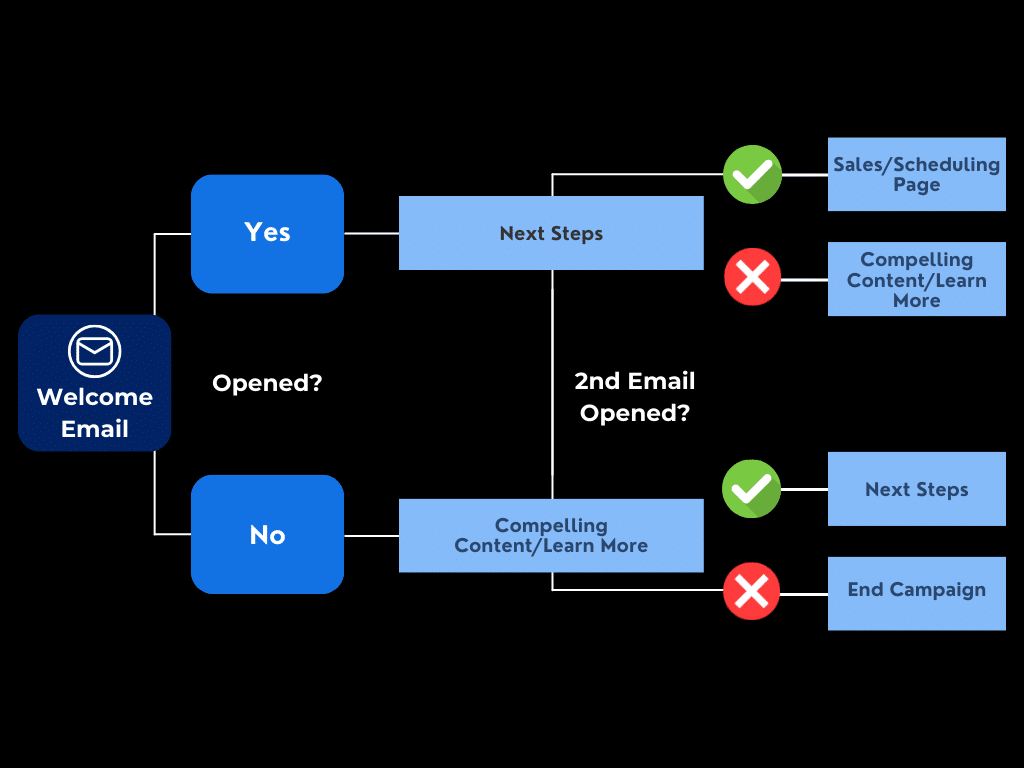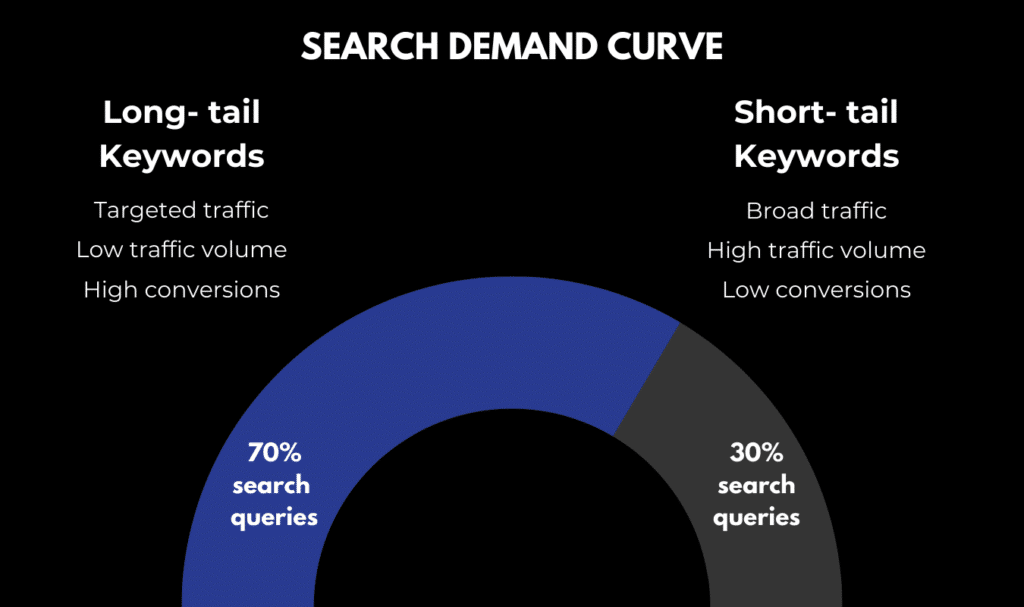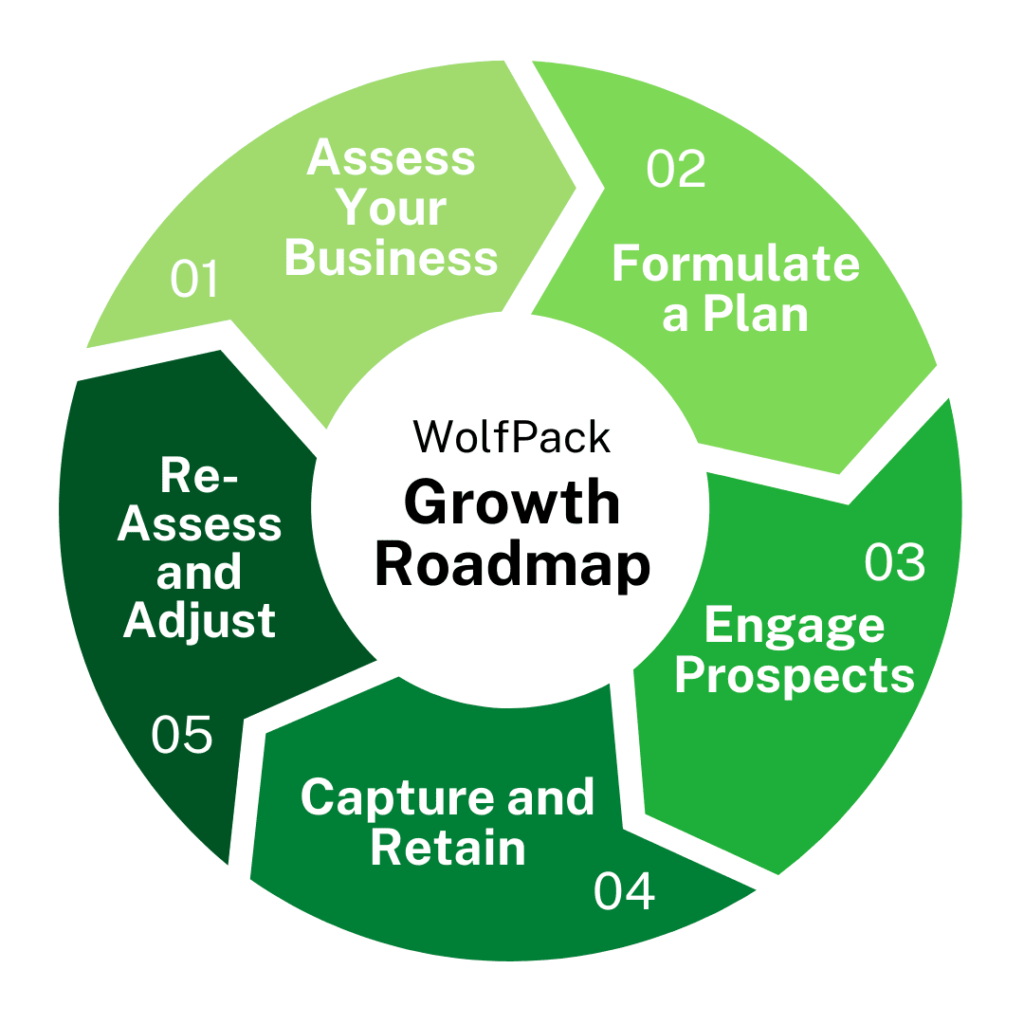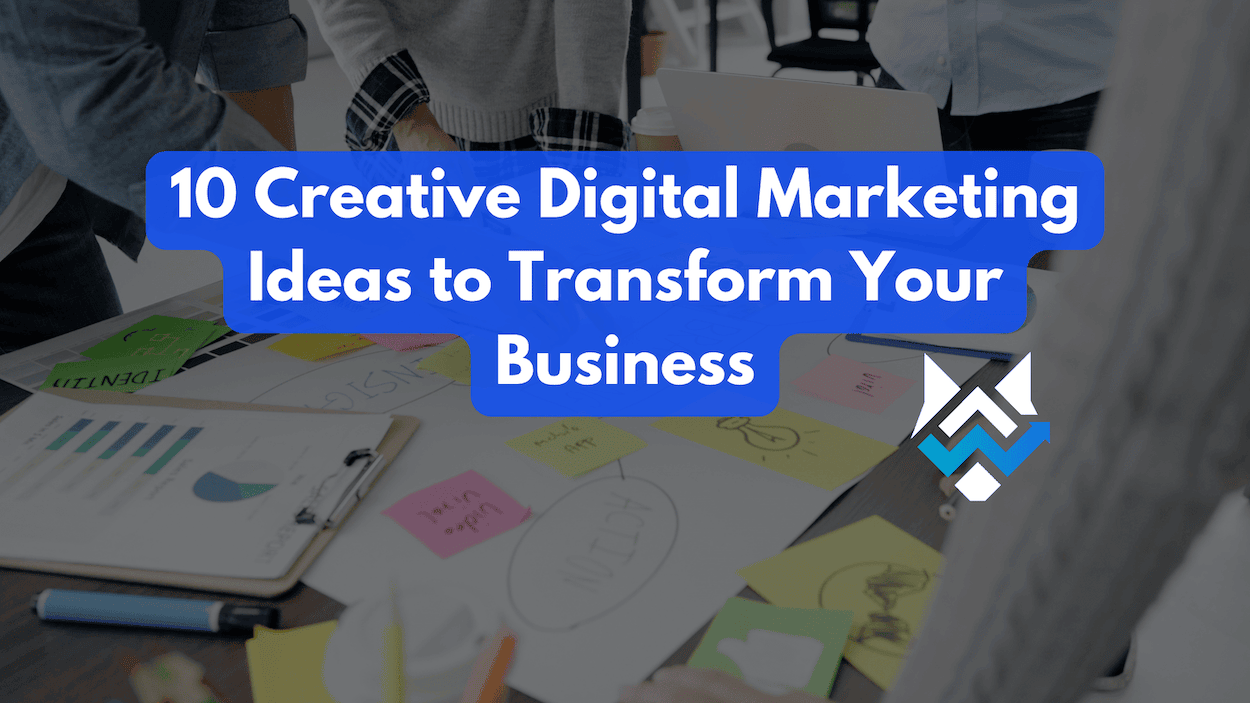Creative digital marketing is essential for standing out in today’s competitive landscape. Leveraging innovative strategies, it captures attention, engages audiences, and drives conversions. By thinking outside the box and utilizing cutting-edge techniques, businesses can connect with their target market more meaningfully.
Let’s explore ten creative digital marketing strategies that can transform your business and set you apart.
Using Social Media Platforms

Social media platforms serve as more than tools for communication; they have become marketing avenues. With billions of users globally, platforms such as Facebook, Instagram, Twitter, LinkedIn, and TikTok allow businesses to connect with an expansive audience. To effectively utilize these platforms, companies need to establish a thought-out strategy that involves understanding platform algorithms, selecting the appropriate channels for their brand, and engaging with their audience in meaningful ways.
According to recent statistics, 87% of buyers think that social media helps them make shopping decisions, while 43% of customers learn about new products through social media networks. Furthermore, 66% of customers are influenced to buy after seeing other people’s social media posts, and 71% are more likely to make a purchase based on social media referrals. These insights reveal the profound impact of social media marketing on consumer behavior. Additionally, businesses that implement a successful social selling program can see increased pipeline, better win rates, and up to 48% larger deals. These statistics underscore the immense potential of social media marketing to enhance brand visibility, drive sales, and foster customer loyalty.
For instance, a business-to-business (B2B) enterprise might discover value in concentrating on LinkedIn for networking and sharing thought leadership content. Conversely, a fashion retailer may experience enhanced interaction on visually oriented platforms like Instagram and Pinterest.
Creating Compelling Content
In the media world, the key to success lies in producing captivating content that captivates your audience. Compelling content should be;
- Relevant: Tailored to match the interests and needs of your followers.
- Valuable: Offering information or entertainment.
- Consistent: Reflecting the voice and style of your brand.
Imagine a bakery utilizing Instagram to feature photos of freshly baked treats, accompanied by anecdotes, about the origins of ingredients and the dedication of their bakers. This approach does not only attract followers. but also fosters a sense of community centered around the values and narrative of the brand.
Utilizing Influencers
Influencer marketing taps into the trust that influencers have built with their followers. By partnering with influencers, brands can gain credibility and access to new audiences. When selecting influencers, it’s crucial to consider not just their follower count but also their engagement rates and how well their brand persona aligns with yours.
For instance, a tech company launching a new smartphone might collaborate with tech reviewers and gadget enthusiasts on YouTube to create in-depth reviews and unboxing videos. These influencers can provide honest opinions and demonstrate the product’s features to their tech-savvy followers, which can influence purchase decisions.
By combining the power of social media platforms, engaging content, and influencer partnerships, businesses can create a dynamic and effective marketing strategy that resonates with their audience and drives results.
Interactive Content
Engaging your audience is more crucial than ever in the digital space. Leveraging interactive content is a valuable strategy for increasing user engagement and offering value to your audience. Here are three types of interactive content that can be particularly effective:
Quizzes and Polls
Quizzes and polls are not only entertaining but also provide valuable insights into your audience’s preferences and behaviors.
- Quizzes: These work particularly well for educational platforms, lifestyle blogs, and e-commerce sites. For instance, a skincare brand might use a quiz titled “Find Your Perfect Skincare Routine.” Users answer questions about their skin type and concerns, and based on their responses, they receive personalized product recommendations. This not only educates users but also encourages informed purchasing decisions.
- Polls: Polls offer a quick way to gauge public opinion or gather feedback. Take a news website, for example—it could feature a poll asking readers to vote on the most pressing issue of the week. This keeps readers engaged and helps the editorial team understand what topics are most important to their audience.
Interactive Infographics
Infographics are already a powerful way to present data visually. When made interactive, they transform passive consumption into active exploration.
Picture an infographic detailing global renewable energy usage. Users could click on different countries to see specific statistics about solar, wind, and hydroelectric power usage within each region. Hovering over a country might display quick facts while clicking through could lead to more in-depth analysis or related articles.
These interactive elements do more than just catch the eye—they create a participatory environment where users feel involved and invested in the content. By incorporating quizzes, polls, and interactive infographics into your strategy, you can turn your content from static to dynamic, fostering a deeper connection with your audience and setting your platform apart in a crowded digital landscape.
Video Marketing

Video marketing has become a vital part of any digital strategy for businesses wanting to capture the attention of audiences overwhelmed with content. By using brand story videos, companies can highlight their products, explain their services, and share their brand story in a captivating and visually appealing way.
Live Streaming
Live streaming has emerged as a powerful tool for marketers who want to create a sense of community and immediacy with their audience. Platforms like Facebook Live, YouTube Live, and Twitch enable brands to broadcast events, Q&A sessions, and behind-the-scenes glimpses in real time. This fosters a transparent and interactive brand experience. For instance, a tech company might livestream a product launch event, allowing viewers from around the world to participate as if they were attending in person.
Storytelling through Videos
Storytelling through videos involves crafting narratives that resonate with viewers. Whether it’s a customer testimonial, an animated explainer video, or a mini-documentary about the company’s history, these stories can humanize a brand and build emotional connections. Consider Dove’s “Real Beauty” campaign; by sharing real stories of diverse women, Dove strengthened its message of inclusivity and self-esteem, earning widespread acclaim and engagement.
Personalized Email Campaigns

Personalized email campaigns are crucial for building meaningful connections with your audience. By utilizing data and insights, businesses can craft messages that resonate on a personal level, fostering engagement and loyalty.
Segmentation and Targeting
Segmentation and targeting are vital to a successful email marketing strategy. This process involves dividing your audience into distinct groups based on shared characteristics or behaviors, allowing you to tailor your messaging for maximum relevance and impact.
- Demographic Segmentation is a marketing strategy that divides the market into smaller categories based on demographic factors, such as age, gender, income, education level, family size, occupation, race, nationality, and religion. For example, a beauty brand might segment its audience by gender, sending different product recommendations to men and women.
- Behavioral Segmentation is a marketing strategy that divides consumers into sub-groups based on their behavior patterns as they interact with a business. An online bookstore could track a customer’s browsing history and past purchases to suggest new releases in their favorite genres.
- Geographic Segmentation is a marketing strategy where a business divides its market based on geography. A food delivery service might send promotional emails featuring local restaurants or regional cuisine to subscribers in specific areas.
By understanding and implementing these segmentation strategies, you can ensure that your emails address the specific interests and needs of each subgroup within your audience.
Dynamic Content
Dynamic content takes email personalization to the next level by automatically customizing each email’s content based on the recipient’s data.
- Product Recommendations: Picture a user who recently bought a smartphone from an electronics retailer. The next email they receive could include accessories like cases or chargers that complement their new device.
- Content Personalization: A financial advisory firm might send out a newsletter with articles on retirement planning to older subscribers, while younger individuals receive tips on saving for their first home.
- Personalized Offers: A gym chain could send a discount for personal training sessions to members who have been inactive for a few months, encouraging them to return.
These examples show how dynamic content can create a more engaging and personalized email experience. By delivering content that aligns with the individual preferences and behaviors of each subscriber, businesses can increase the likelihood of conversion and build stronger customer relationships. This is a key aspect of creative digital marketing, enabling businesses to tailor their messaging for maximum impact and customer satisfaction.
User-Generated Content (UGC)
Utilizing User-Generated Content (UGC) is an effective strategy for brands to build authenticity and foster a community around their products or services. UGC includes any form of content posted by users on platforms like social media, blogs, and websites.
Benefits of UGC
- Enhances trust and credibility among potential customers.
- Provides social proof that can influence buying decisions.
- Increases engagement and encourages more customer interaction with the brand.
- This can lead to improved SEO performance due to the freshness and relevance of content.
Encouraging Customer Reviews
Customer reviews are vital for online businesses. They provide honest feedback that can help improve products and services and serve as a key decision-making tool for potential customers.
How to Encourage UGC
- Create Shareable Experiences: Develop products or experiences that customers will want to share online. This could be unique packaging, customization options, or exceptional customer service.
- Run Contests and Giveaways: Initiate contests where customers can submit photos, videos, or reviews of your product for a chance to win prizes.
- Feature UGC on Your Platforms: Showcase user content on your channels, like your website or social media. This not only rewards contributors but also shows that you value your customers’ input.
Social Media Challenges
Social Media Challenges are an excellent way for brands to engage with their audience and create viral content.
- Align with Your Brand: Make sure the challenge resonates with your brand values and message.
- Keep it Simple: The easier it is to participate in the challenge, the more likely it will spread.
- Leverage Influencers: Collaborate with influencers to kickstart your challenge and reach a wider audience.
- Offer Rewards: Incentivize participation with prizes or recognition.
- Promote Across Channels: Ensure your challenge is seen by utilizing all your social media platforms and marketing channels.
By understanding the importance of UGC, encouraging customer reviews, and creating engaging social media challenges, brands can develop a more interactive and trusted relationship with their customers.
Creative SEO Techniques
Staying ahead with innovative SEO strategies is crucial for maintaining visibility and connecting with your audience. Let’s explore some creative digital marketing techniques that can enhance your SEO efforts and drive more targeted traffic to your site.
Voice Search Optimization
With the rise of smart speakers and mobile devices, optimizing for voice search is no longer optional. Here’s how to adapt:
- Focus on Natural Language Queries: Create content that mimics the way people talk. For example, instead of targeting “best pizza in New York,” optimize for “Where can I find the best pizza in New York?”
- Incorporate Question Phrases: Directly answer potential questions. If you’re a bakery, create content around “What is the best cake for a birthday party?” since users might ask their digital assistants this question.
- Improve Loading Speed: Voice search favors websites with quick load times. Tools like Google PageSpeed Insights can help you analyze and improve your site’s speed.
- Optimize for Local SEO: Since many voice searches are looking for local results, ensure your business is listed on Google My Business and include phrases like “near me” or specific locations in your content.

Long-Tail Keywords
Long-tail keywords allow you to capture targeted traffic with less competition. Here’s how to leverage them:
- Target Niche Audiences: Instead of using broad terms like “running shoes,” use more specific phrases such as “women’s trail running shoes for overpronation.”
- Combine with High-Quality Content: Provide comprehensive guides or articles that delve into topics like “The Ultimate Guide to Choosing Trail Running Shoes for Overpronators.”
- Monitor Performance: Use tools like Google Analytics to see how visitors find your site and interact with your content, allowing you to refine your long-tail keyword strategy.
By integrating these techniques into your SEO plan, you can enhance your visibility in search engine results and better connect with your audience through tailored content.
Influencer Collaborations
In today’s digital age, influencer collaborations have become a cornerstone of modern marketing strategies. By leveraging the reach and trust that influencers have built with their followers, brands can drive significant traffic to their products or services, ultimately leading to increased conversions.
Niche Influencer Partnerships
The effectiveness of an influencer collaboration often hinges on the relevance of the influencer’s audience to the brand’s target market. Partnering with niche influencers ensures that your message reaches a highly targeted audience, which is more likely to engage with your content and consider your offerings. For example, a beauty brand collaborating with a makeup artist who has a following interest in cosmetic tutorials and reviews would likely see a higher engagement rate than partnering with a general lifestyle influencer. This strategy is a key aspect of creative digital marketing, ensuring your campaigns resonate with the right audience.
Authentic Engagement
Authenticity is the linchpin of successful influencer marketing. Audiences are savvy and can easily detect when an influencer’s endorsement is disingenuous. Brands must ensure that influencers genuinely connect with their product or service to maintain credibility. An influencer’s authentic use and endorsement of a product can resonate well with their audience, leading to organic engagement. Take, for instance, an outdoor apparel brand working with an influencer who is a genuine hiking enthusiast and regularly shares their adventures; such a partnership is likely to be perceived as authentic and trustworthy by the audience.
By focusing on these key aspects of influencer collaborations, brands can create meaningful partnerships that not only enhance their visibility but also build lasting relationships with both influencers and their audiences through creative digital marketing.
Innovative PPC Campaigns
Pay-Per-Click (PPC) campaigns have become a cornerstone of digital marketing strategies. When executed with innovation and creativity, they can lead to impressive results and provide a significant return on investment.
Retargeting Strategies
One of the most effective techniques in PPC is retargeting. This strategy involves targeting users who have previously visited your website but did not make a purchase or complete a desired action. By using retargeting tools, you can display relevant ads to these potential customers as they browse other sites online, effectively reminding them of their interest in your products or services. For example, if a user has added items to their shopping cart but abandoned it, a retargeting ad could offer a discount or free shipping to encourage them to complete the purchase.
Ad Customization
Customizing ads is another innovative approach that can significantly enhance the performance of your PPC campaigns. By analyzing user behavior and preferences, you can create personalized ads that resonate more deeply with your target audience. For instance, if data shows that certain users are interested in outdoor sports, your ads for those users could feature products like hiking gear or running shoes. This level of personalization increases the relevance of your ads, leading to higher engagement rates and ultimately, better conversion rates.
Utilizing Augmented Reality (AR)
Augmented Reality (AR) is more than just a technological novelty; it’s a powerful tool that’s transforming creative digital marketing. By overlaying digital information in the real world, AR provides unique opportunities for brands to engage with consumers in interactive and memorable ways.
AR in Advertising
In advertising, AR stands out by offering an unmatched level of engagement. Here are some ways AR is being used to create immersive advertising experiences:
- Interactive Billboards: Imagine walking past a billboard that comes to life and interacts with you as you approach. AR can turn static advertisements into dynamic ones that respond to the presence of a viewer.
- Virtual Try-Ons: Retailers, especially in fashion and beauty, are using AR to let customers try on products virtually from the comfort of their own homes. This not only entertains but also serves a practical purpose, potentially reducing return rates.
- Gamified Promotions: Brands are developing AR games that consumers can play to win discounts or learn more about products. This gamification of advertising content fosters deeper engagement and brand loyalty.
Enhancing Customer Experience
Beyond advertising, AR has the power to significantly enhance the overall customer experience:
- Visualization Tools: Furniture and home decor companies are using AR to help customers visualize how products would look in their actual living spaces before making a purchase decision. This reduces the uncertainty that often accompanies online shopping.
- Educational Content: AR can bring educational content to life, providing interactive learning experiences. For example, a company selling cooking equipment might offer an AR app that shows step-by-step instructions in 3D right on your countertop.
- Customer Support: Some businesses are using AR for customer support, enabling customers to point their smartphone at a product and receive instant troubleshooting assistance or maintenance instructions.
By integrating AR into marketing strategies and customer service protocols, businesses are not only staying ahead of the curve but also offering enriched consumer experiences that can lead to increased satisfaction and sales. As technology advances, we can expect to see even more innovative applications of AR across various industries.
Data-Driven Creative Strategies

Utilizing data is essential for crafting successful creative digital marketing strategies. By grounding your approach in solid data analysis, you can ensure that your marketing efforts resonate with your target audience and yield better results.
To begin with, it’s crucial to dive deep into customer data. This involves collecting and examining information such as:
- Demographics: Age, gender, location, and income level.
- Behavioral Patterns: Purchase history, website navigation paths, and product usage.
- Engagement Metrics: Open email rates, click-through rates on ads, and social media interactions.
By understanding these aspects of your customers’ profiles, you can tailor your marketing campaigns to align with their preferences and behaviors, significantly increasing the likelihood of engagement and conversion.
Imagine a company that sells fitness apparel. By analyzing their customer data, they discover that a significant portion of their audience is interested in sustainable materials and practices. In response, they launched a new line of eco-friendly products and created a campaign highlighting the sustainability angle, which resonates well with their environmentally conscious customers. This approach exemplifies creative digital marketing, using customer insights to develop targeted campaigns that align with audience values and preferences.
Certainly! Here’s how the Wolfpack Growth Roadmap can be aligned with the data-driven content strategy:
WolfPack Growth Roadmap Process
Assess Your Business
- Insights: The company gathers and analyzes data to understand the current state of the business and the market. This includes identifying what their customers value, such as sustainability.
Formulate a Plan
- Creative Ideation: Using the insights gathered, the company brainstorms ideas and formulates a strategic plan. This could involve developing a new product line that meets the identified customer demand for eco-friendly options.
Engage Prospects
- Creative Content: The company creates engaging and compelling content that highlights the unique selling points of the new product line, particularly its eco-friendly attributes. This content is designed to capture the interest of prospects and build engagement.
Capture and Retain
- Distribute: The engaging content is distributed through various marketing channels, such as social media, email marketing, and the company’s website, to reach the target audience effectively. The goal is to capture the interest of prospects and retain their loyalty.
Re-Assess and Adjust
- Measure & Optimize: The company measures the performance of the campaign by analyzing key metrics. Based on these results, the company makes data-driven adjustments to optimize future campaigns, ensuring continuous improvement and sustained growth.
Each step of the WolfPack Growth Roadmap is interlinked with a data-driven approach, ensuring that decisions are made based on real insights and results are continuously optimized for better performance.
Adapting Strategies Based on Insights
The insights gained from customer data should not be static; they must inform an ongoing process of strategy adaptation. Here’s how you can stay agile:
- Test and Learn: Implement A/B testing for different creative elements to see what performs best.
- Real-Time Analytics: Use real-time analytics to quickly adjust campaigns according to user interaction.
- Predictive Modeling: Employ predictive models to anticipate future trends and prepare strategies accordingly.
A software company might use data insights to identify that their clients prefer comprehensive tutorial videos over written guides. They could then shift their content strategy to focus more on video production. Additionally, if real-time analytics show that users are engaging more with certain types of videos, the company can quickly produce more content of that nature to capitalize on the trend. This approach demonstrates creative digital marketing, leveraging data to adapt and optimize content strategies for maximum engagement and effectiveness.
By continuously refining your creative strategies based on data-driven insights, you can maintain a competitive edge and ensure that your marketing efforts are as effective as possible.
Conclusion
Embracing creativity in digital marketing is essential for standing out and achieving business success. By implementing these ten creative digital marketing, you can engage your audience, drive conversions, and transform your business.
At Wolfpack Advising, we specialize in creating tailored digital marketing strategies that align with your goals. Schedule a consultation to get your custom quote and learn more about how we can transform your digital marketing approach and help you achieve outstanding results.




